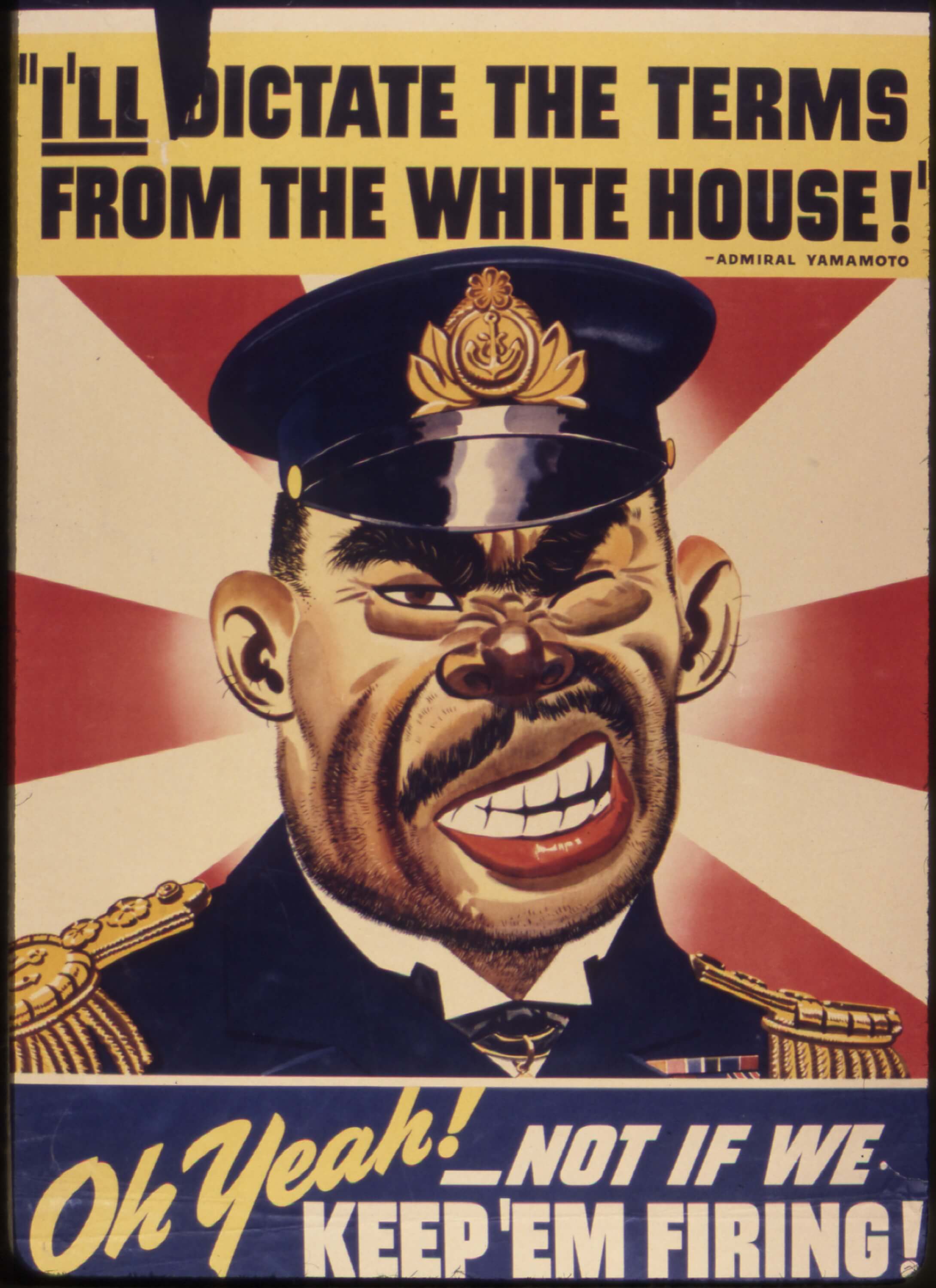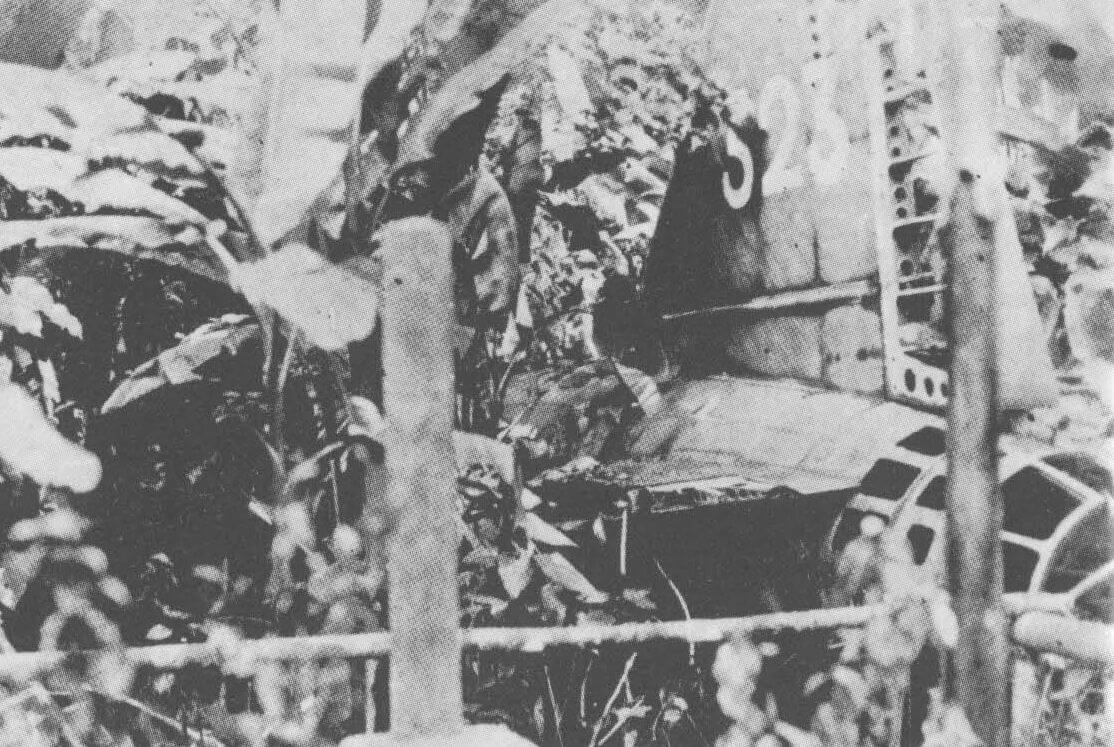America's Revenge on Yamamoto
On April 18, 1943, the United States finally got its revenge on the man responsible for the devastating attack on Pearl Harbor seventeen months previously. Admiral Isoroku Yamamoto had been the mastermind behind the attack, and the Americans were determined to make him pay.
On December 7, 1941, the United States had suffered the worst attack in its history up to that time. More than 2,400 American lives were lost when a Japanese striking force launched a surprise attack on the ships at Pearl Harbor and aircraft at the nearby airfields. Bombs exploded across the island as machine gun fire peppered the ground, aiming to cripple the US Pacific Fleet and leave behind a wake of death and destruction.
Across the Pacific, Admiral Isoroku Yamamoto waited patiently to hear reports of the attack’s success. The mastermind of the operation, Yamamoto had painstakingly planned the assault with help from other officers of the Imperial Japanese Navy. As the Commander-in-Chief of the Combines Fleet, it didn’t take long for the Americans to determine that he was responsible for the Pearl Harbor assault, and they began planning for their revenge on Yamamoto.
On April 18, 1943, the opportunity for vengeance arose.
America Gets Its Revenge on Yamamoto
A strike against Yamamoto would be a strategic victory, in that it would be crushing to Japanese morale, but it would also provide something that many Americans had hungered for over the course of nearly two years: vengeance.
Using intelligence gained through cracking coded Japanese messages, the United States was able to determine that Yamamoto was going to embark on an inspection tour throughout the South Pacific as a means of boosting IJN morale.
Having been defeated at Guadalcanal and unable to recover since the 1942 defeat at Midway, the Imperial Japanese Navy needed to see strong leadership in the field. American cryptologists were able to determine that, on the morning of April 18, 1943, Admiral Yamamoto would fly from Rabaul to Balalae Airfield in the Solomon Islands.
"Get Yamamoto"
President Roosevelt may or may not have actually uttered those fateful words, but in any event, on April 17, Admiral Nimitz authorized Operation Vengeance, and so a squadron of USAAF Lockheed P-38 Lightning prepared to set off from Guadalcanal to down Yamamoto’s plane. The next morning, Yamamoto’s Mitsubishi G4M "Betty" bomber transport was shot down and crashed in the jungle on the island of Bougainville.
75 Years Later
For the 75th anniversary of the admiral’s death, three members of a New York-based World War II research organization known as Pacific Wrecks, together with a Japanese expert on aviation, planned a trek to the site of Yamamoto’s wreckage. According to the founder of the organization, Justin Taylan, visiting the the Pacific jungle was to “document the wreckage and perform digital preservation of what remains for posterity.”
On the 75th anniversary of Yamamoto’s death, it’s important to recognize the role he played in drawing the United States into World War II. Without him, it’s impossible to know whether Pearl Harbor would ever have been attacked, forcing the Americans into a war they had long sought to avoid.









